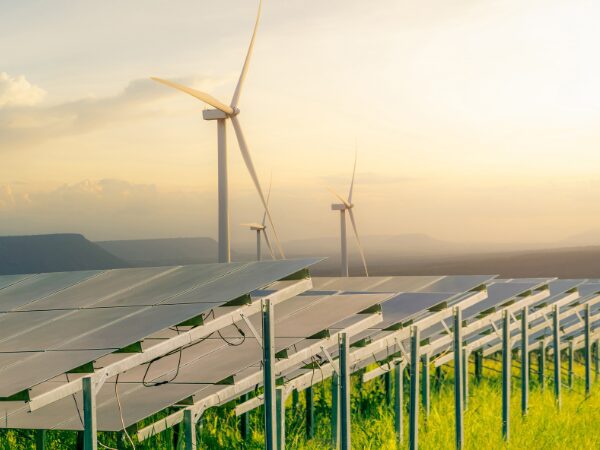Industry 4.0: Digital Transformation in Manufacturing
The Industry 4.0 represents a blend of two industries: information technology and manufacturing. ...

In November, world leaders gathered in Egypt for the COP27 to address the challenges of climate change and build momentum to progress for sustainable climate action. Participating nations launched about 25 new collaborative actions to accelerate decarbonization in five main areas: power, transport, steel, hydrogen, and agriculture.
Canada had the opportunity to showcase its climate commitments and plans at the COP27 over the course of the conference. It included its efforts to reduce emissions through multilateral partnerships, clean energy transition, constructive engagement on loss and damage, and climate funding to vulnerable countries that are on the verge of the climate crisis.
In 2021, Canada announced to reduce greenhouse gas (GHG) emissions by 40-45% below 2005 levels by 2030 and net-zero by 2050. These commitments call for a comprehensive action plan involving various stakeholders including governments, businesses, corporates, and communities to collaborate for an integrative action. Early this year, the country established a 2030 Emission reduction plan to provide a concrete roadmap to achieve its targets. This plan commits to $9.1 billion in new investments and outlines a sector-by-sector path for Canada to reach its emissions reduction target. Additionally, The ERP and Budget 2022 announced a new $15 billion Canada Growth Fund (CGF) to invest in climate-related commitments. Some of the key highlights of these plans and related commitments include:
The government announced investing $319 million over seven years, into research, development, and demonstrations to advance CCUS technologies. The investment tax credit for CCUS projects has a goal of reducing emissions by at least 15 megatonnes of CO2 annually.
Plan to accelerate credits for green electricity, energy storage, clean hydrogen, and heat pumps. Up to 30% of refundable tax credits are available for switching from fossil-based energy to renewable sources.
The government has the plan to increase opportunities for clean energy investing and capitalize on Canada’s abundance of natural resources.
Canada is working to provide a purposeful plan to limit cap emissions for the oil and gas sector. New policies will facilitate the development and deployment of new technologies in this sector.

Emissions from transportation represented approximately 25% of Canada’s total GHGs. The action plan focuses on enabling cleaner modes of public transit, making ZEVs (Zero Emission Vehicles) more affordable and accessible.
Planning on drafting a Canada Green Building Strategy to design/build energy-efficient buildings is in process. Allocating sufficient funding in this sector to meet the goal of decarbonizing buildings is also awaited.
In the waste sector, the plan proposes to renew policies and investments at targeting waste-related emissions mainly targeting plastic waste and methane emissions from biodegradable waste. One of the key initiatives included launching the $20 million Food Waste Reduction Challenge to incentivize development and provide innovative solutions to reduce food waste across the supply chain.
For the abovementioned plans to be implemented effectively, it is necessary to recognize the urgency to accelerate these efforts through dedicated actions, and partnerships. Having concrete implementation plans to achieve the targets will also provide ample opportunities for stakeholders in all sectors for a sustainable economy.
Companies that are innovating in this sector are likely to be eligible for several funding programs including government grants, and SR&ED.
Want to learn about funding opportunities for your project? Schedule a free consultation with one of our experts today!
References:
Explore our latest insights
More arrow_forward
The Industry 4.0 represents a blend of two industries: information technology and manufacturing. ...

Provincial governments are slowly unveiling their provincial budgets outlining fiscal strategies ...

Human-Machine Collaboration has become an essential part of the manufacturing industry. This coll...

Recent announcements demonstrate that the SR&ED program is now under review. The government w...